This video focuses on a primary school in Israel where Arab and Jewish pupils learn alongside one-another.
It is one of only six in the country, where the school you’ll go to is usually decided before you’re even born – by whether you come from a Jewish or Arab family.
Communities learn separately and live separately and that, many argue, cements the hostility and misunderstanding of generations that is played out in the ongoing Israel-Palestinian conflict.
However, in the video, we meet two pupils – one from each culture – who talk about why they like learning together, using each other’s languages – Hebrew and Arabic.
Mia and Aya say they are good friends and that the Arabs and Jews in their school do not fight.
When they leave the school, aged 12, they will go on to study in separate places.
But the video also shows Noga and Lama, who maintained their friendship after leaving the integrated school by meeting up and keeping in touch on social media.
The school’s staff say it offers an example of how Israeli society can be changed to help people from the two cultures live harmoniously.
This clip is from the the 91Čȱ¬'s 'Crossing Divides' project.
Teacher Notes
You could begin by exploring the origins of the Israel-Palestinian conflict and setting out the current conflict.
This would set in context why people from each of the cultures might have reason to distrust the other.
You could then ask pupils to identify what made the children in the video different from each other.
Then you could explore why those differences did not seem to matter in the cases of Mia and Aya, or Noga and Lama. Were there similarities between the girls that helped them to become friends?
You could then ask students if there are any groups in their own lives who do not mix, or who are often in conflict.
Ask them what the differences are between people in the groups. Are they from a different neighbourhood, do they like different hobbies, sports or music, or are they from a different culture?
Then ask what similarities there are between individuals in the groups. Do they share any of the same problems?
You could ask whether the pupils can think of instances where people from those groups did mix and find out what happened. Did people get along?
If not, what where the barriers that prevented those people from mixing well?
Curriculum Notes
This clip is relevant for teaching PSHE at GCSE,in particular for Identity and Diversity in England, Wales and Northern Ireland and for Modern Studies at National 4/5 in Scotland.
More from Crossing Divides
Friendships forged across racial chasm. video
Casey and Waj have forged a rare and deep friendship that cuts across Rotherham's ethnic divides.
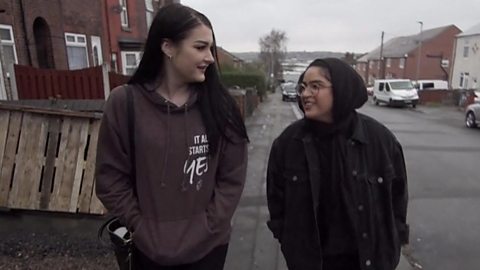
A Yorkshire farm offers asylum seekers taste of a new life. video
Asylum seekers get a taste of life on a Yorkshire Dales farm.
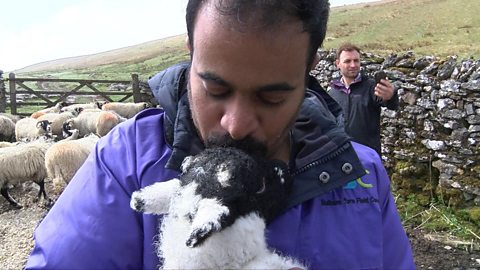
The gym bringing young and elderly people together. video
The Good Gym aims to end the loneliness many elderly people face, whilst keeping participants healthy.
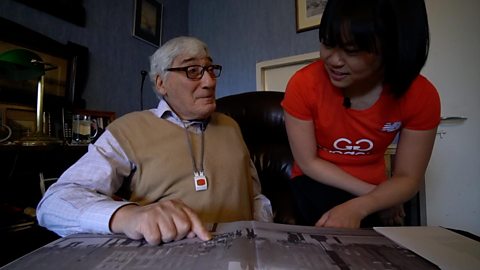
How Sweden is integrating migrants and locals. video
The Hej Framling! (Hey Stranger!) group in Sweden integrates migrants and locals by getting them running together.
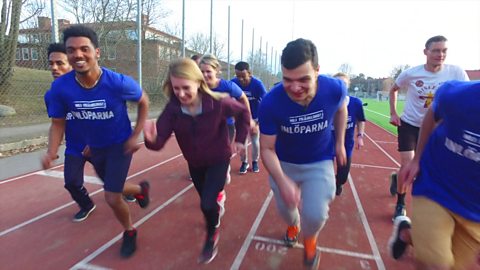
Can music bridge Thailand's sectarian divide? video
A youth orchestra made up of children from both sides of the conflict look to heal Thailand's sectarian divide.
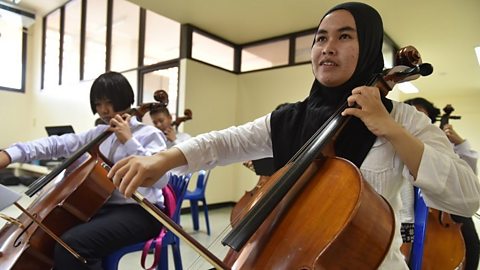
Ěý